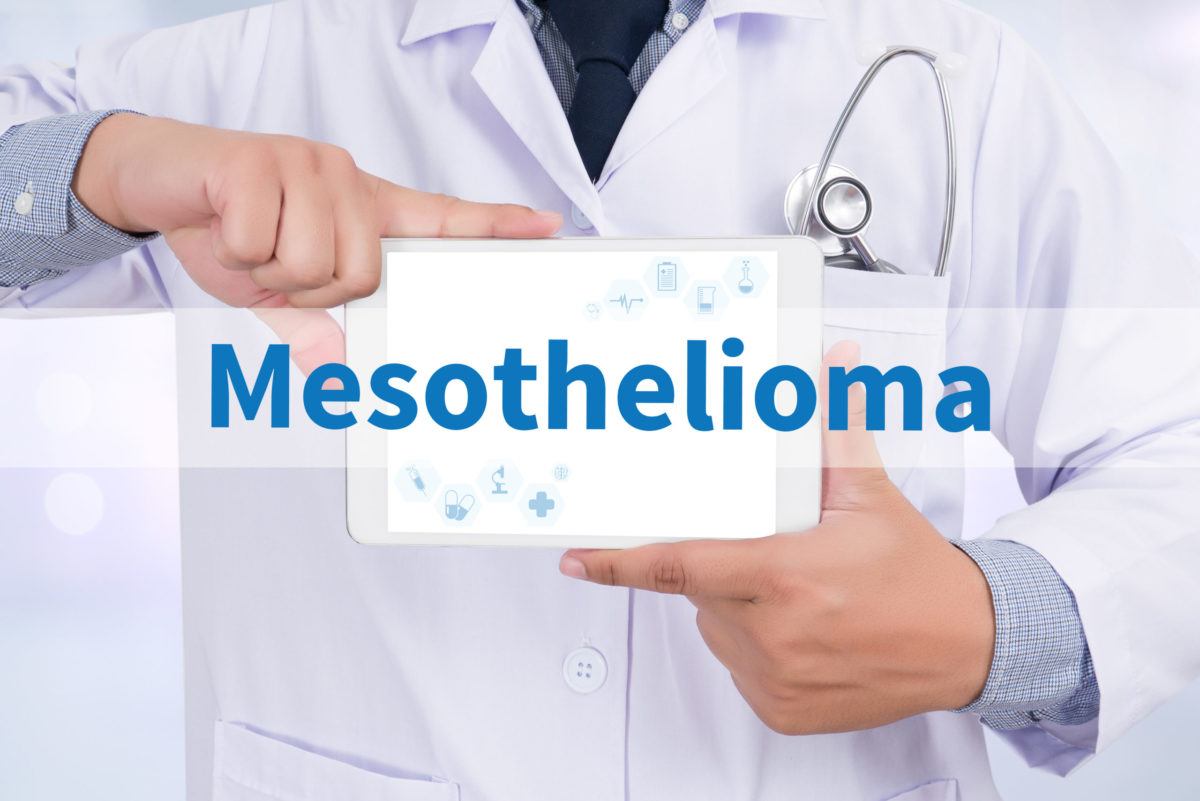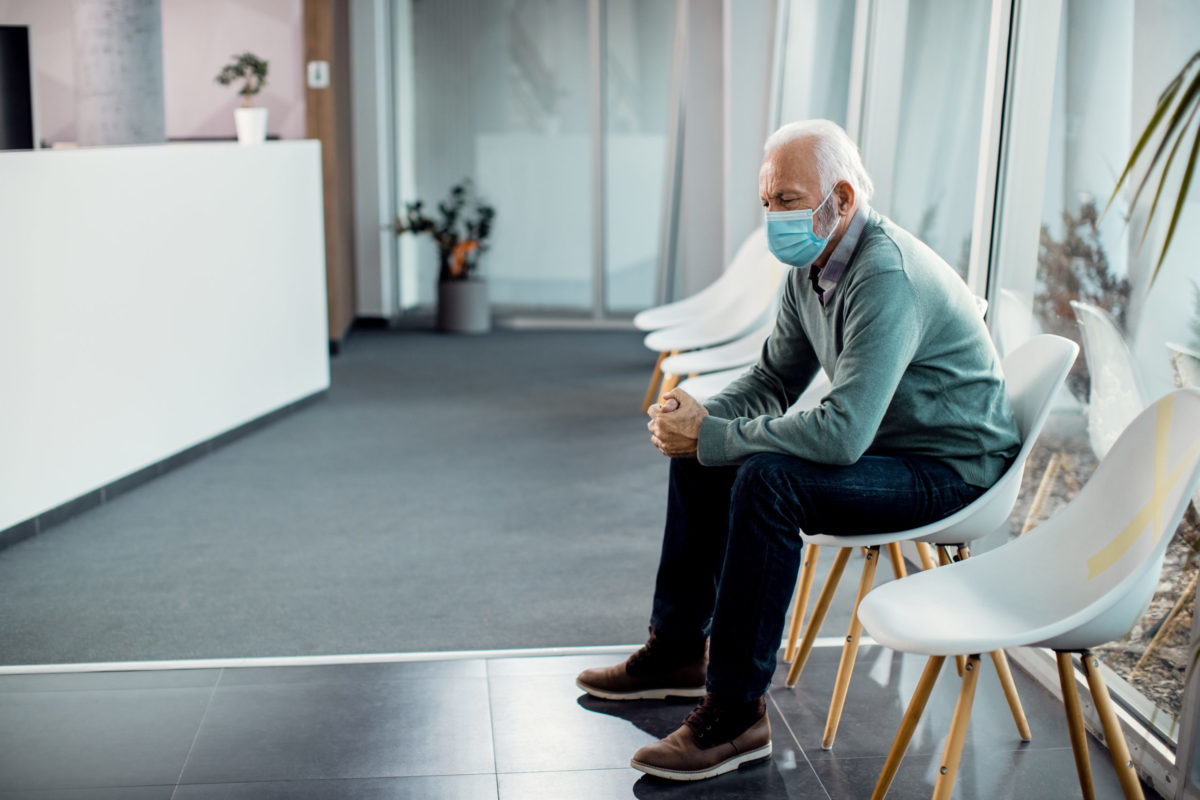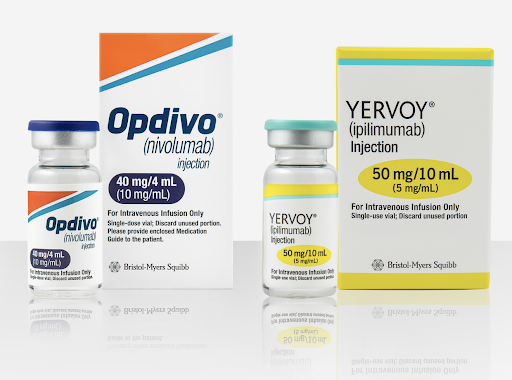Category: Mesothelioma

An Update on Malignant Mesothelioma from Dr. Raphael Bueno and CureMeso
The Mesothelioma Applied Research Foundation has a series hosted by their Executive Director, Mary Hesdorffer N.P., that interviews experts in malignant mesothelioma. This month the guest was Dr. Raphael Bueno, Chief Division of Cardiac and Thoracic Surgery at Mass General Brigham Hospital in Boston, Massachusetts.
Dr. Bueno reviewed the progress that has been made. In the not too distant past it was believed that anyone diagnosed with malignant mesothelioma was handed a death sentence. Today, malignant mesothelioma has many options to offer for treatment. The knowledge of malignant mesothelioma has evolved like many other cancers and therefore treatment options have as well.
Dr. Bueno reviewed that in order to understand mesothelioma, we need to understand the genomics of the disease. Genomics is the biology of the structure, function, and evolution of the tumor. Basically it’s understanding the fingerprint of the tumor. Once it is understood how it can react in certain settings, we can treat it. This does sound pretty basic but it has taken a long time to figure this out. Each malignant mesothelioma tumor is unique like one’s own fingerprint.
Another treatment that has been found to be equal or better was the pleurectomy. In previous years, many more extra pleural pneumonectomies (also known as EPP removal of the lung) were performed on patients. It has been found that removing one’s lung in someone that is 70 years or greater can create other issues. Pleurectomy has become the surgical choice. It has also found that instilling IOHC, Intra-Op Heated Chemotherapy, was key in attacking any microscopic cancer cells that could not be detected with the eye. This has also improved survival.
It has also been discovered that everyone should not have chemotherapy. Some patients do not respond to chemotherapy and their tumor continues to grow and they lose the option of becoming a surgical candidate. Chemotherapy is effective for 23-25 percent of the population for a 5 year survival.
As the talk went on, Dr.Bueno spoke about local recurrence. He educated the audience about how local recurrence is not metastatic disease, it is just what it is: local. There are options to remove this growth. Ablation or surgical removal of the tumor can be as simple as a day procedure or an overnight hospitalization. Ablation is similar to burning a wart off.
Dr. Bueno’s closing remarks were about the future and what will help cure this disease. Malignant mesothelioma does not have to be a death sentence. This is an aggressive disease but there are many who are still living beyond five years. He believes staging is critical. Dr.Bueno spoke about getting the mesothelioma patient to a Center of Excellence. He explains we do not have a cure but we certainly offer better outcomes. A Center of Excellence can offer hope to a patient that has been diagnosed.
Progress to a cure continues!

Mesothelioma Patients Can Benefit from Time Outside this Summer
Staying positive and maintaining your overall health to the best of your ability is key for your journey with malignant mesothelioma. This is a difficult time but there are some basic things you can do that will help you. Simply going outside is a positive step.
Going outside can do so much for your outlook or mental state and your overall health. In the United States, according to the EPA, the average American spends 90 percent of their time indoors. Going outside can boost your mood – no special equipment or membership required, just the great outdoors.
Another positive benefit of spending time outdoors is an increase in your Vitamin D. Vitamin D is beneficial to your bones, blood cells, and immune system. It can also help with the absorption of calcium and phosphorus. With decreased levels of Vitamin D a person is more likely to get colds and the flu. Also, if a person gets sick with pneumonia with decreased levels of Vitamin D, the outcome can be more serious. Sunlight can keep your serotonin levels up if you go outside as well. This will help raise your energy levels and keep your mood positive.
Just by going outside, there is a chance you may connect with people in your community. Human contact can be important to your mental health. Sometimes being inside we tend to get lost in our own thoughts and this is not always positive. Getting outdoors can distract those thoughts inside your head for even just a few moments. In fact, studies show that time in nature can boost your problem solving skills. If you are feeling frustrated or down, the outside world may change your thinking for even just a short time.
Depending on the weather there may be precautions you should take. Stay well hydrated if the weather is warm. Apply sunscreen, wear a hat, or bug spray if necessary. Also bring a phone in case you need to be in touch with someone, or may need a ride back.
Mesothelioma is a complex disease. Each case is unique, similar to one’s fingerprint. Medical centers continue to push for more knowledge and treatments. Although there are many interventions, ideas, and thoughts on how we treat symptoms, some therapeutic ideas are just basic like going outside. The good news: you don’t need to travel and it costs nothing.

Mesothelioma Patient on Importance of Staying Positive During Treatment
Once a person is diagnosed with malignant mesothelioma and decides on a treatment plan, the anticipation for treatment to begin – and the reality of when it does begin – can be a challenging time.
Recently while talking with a patient, he offered his perspective on the difference between day 1 and day 2 of beginning treatment. For him, when treatment was going to be initiated, he found his mind in a unique spot. As he took in the new faces, new information, and new surroundings, new hope was born. The anticipation of the day was finally reality, and his body and mind were going down separate paths. This experience – whether it be chemotherapy, radiation, immunotherapy or surgery – is new, a road never traveled. Although education was provided prior to his intervention it is overwhelming to say the least. This first day is like no other day of your journey.
For this patient, the second time he had treatment it was no longer a new experience. For him, the reality of what he was going through was met with dread and fear. The anticipation of treatment and hope was met with growing uneasiness. Familiar faces are not new and side effects are expected and can produce anxiety. How does one deal with these days ahead, days that once provided hope and now are filled with anxiety and fear?
Wrapping your mind around the positive and trying to focus on the ultimate goal is key. These experiences are trying times and everyone masters these situations differently. Many choose to surround themselves with their most positive support team, others surround themselves with thoughts of a brighter future. Whatever way you choose is yours, and entirely up to you.
Prior to day 2 of your journey, try to focus on the part of treatment that you found positive. Experiences like treating mesothelioma bring many new possibilities. A relationship of any kind may be positive, or a certain person may have provided a warm smile which may be all you need at that very moment.
Perhaps writing in a journal as you travel this new path will bring peace to help when you reflect back on some of your symptoms and how they are improving. When people are facing their biggest adversities, sometimes there are strong positive ideas, relationships, or experiences that may change your perspective.
Receiving a diagnosis of mesothelioma is not like any other challenges that you may have faced. As we continue to see our waiting rooms filled with new faces, we are aware of the struggles that you are facing and are here for you. If there is something that you need or have questions about, please ask. The Mesothelioma Centers of Excellence are striving for a brighter future for all who have been affected by this disease one patient at a time.

Mesothelioma Treatments Make Progress Through Clinical Trials
Over the years we have had the privilege of seeing people diagnosed with malignant mesothelioma in different stages of their journey. Malignant mesothelioma is a rare cancer that is difficult to diagnose and to treat. Treatment options are limited and long term quality survival is the goal with ultimately leading to a cure. Always recommended has been getting treatment at a Mesothelioma Center of Excellence and participating in clinical trials.
Treatment and research has been ongoing, but for most, painfully slow with limited successes.
The Food and Drug Administration recently approved the use of two immunotherapy drugs for the treatment of inoperable malignant pleural mesothelioma. The drugs, Opdivo (Nivolumab) and Yervoy (Ipillmumbab), were approved by the FDA in less than six weeks. The six weeks timeline was following the submission of a new Biological License Application under the FDA’s real time Oncology Review process.
These successes do not come overnight. They come in increments. They are like building blocks with this success building on the next. Not many among us are research scientists or are gifted with the knowledge and drive to conduct a clinical trial when it succeeds, but more importantly when it doesn’t. To continue with the next idea and not give up takes committed leaders and a very supportive community.
The mesothelioma community worldwide is small. For the successful clinical trial that led to the FDA approval in record time of this new treatment option, recruitment was started in September of 2016. There were 109 study locations worldwide, enrolling 606 patients. This is a collaborative effort that yielded an important treatment option for people and families that are dealing with this largely preventable rare cancer.
To participate in a clinical trial is also a courageous thing to do. For many, the results may not come in time to help them or improve their quality of life, but will help others in the future.
These numbers do not tell the story of the lives this research will affect. We have the privilege of being in a position to see the results and to put faces to the treatment options that are now being offered. The results are all scientifically quantitated and verified through the scientific process.
As we continue to see people and families affected by malignant pleural mesothelioma, we will continue to put faces and stories to their particular journey. We also remember the many brave people that entered into these clinical trials and are not able to see the success in which they had a vital part in. With this new option hopefully patients and their families will be able to enjoy quality time while further research can continue toward the cure.

First New Drug Treatment for Mesothelioma Approved by FDA in Over 16 Years
For the first time in 16 years, the U.S. Food & Drug Administration has approved a new drug combination specifically for the treatment of malignant pleural mesothelioma. The two drugs, which are to be used together when surgery is not an option, are Opdivo (nivolumab) and Yervoy (ipilimumab).
About 20,000 Americans are diagnosed with malignant pleural mesothelioma each year according to the FDA – the vast majority of which have tumors at diagnosis that cannot be removed by surgery. The devastating cancer is caused by the inhalation of asbestos fibers, often found in manufacturing, construction, mining, military, transportation and other common settings.
When combined, Opdivo and Yervoy improve T-cell function to reduce growth of the patient’s tumor.
“In 2004, FDA approved pemetrexed in combination with cisplatin for this indication, and now patients have an important, additional treatment option after more than a decade with only one FDA-approved drug regimen,” said Dr. Richard Pazdur, director of the FDA’s Oncology Center of Excellence.
The drug therapy was approved after a clinical trial involving over 600 participants with unresectable malignant pleural mesothelioma that had yet to be treated. Patients received doses of both Opdivo and Yervoy every few weeks for up to two years before results were measured.
“Approval of nivolumab plus ipilimumab provides a new treatment that has demonstrated an improvement in overall survival for patients with malignant pleural mesothelioma,” said Dr. Pazdur.
Those who took the new combination survived an average of 18.1 months from diagnosis, compared to 14.1 months for those who received standard chemotherapy.
It can be difficult to navigate the many treatment and legal options presented to mesothelioma patients after they are diagnosed. The experts at the Mesothelioma Help Organization are here to help you make sense of it – reach out today.

Free Mesothelioma Patient & Treatment Guide
We’d like to offer you our in-depth guide, “A Patient’s Guide to Mesothelioma,” absolutely free of charge.
It contains a wealth of information and resources to help you better understand the condition, choose (and afford) appropriate treatment, and exercise your legal right to compensation.
Download Now